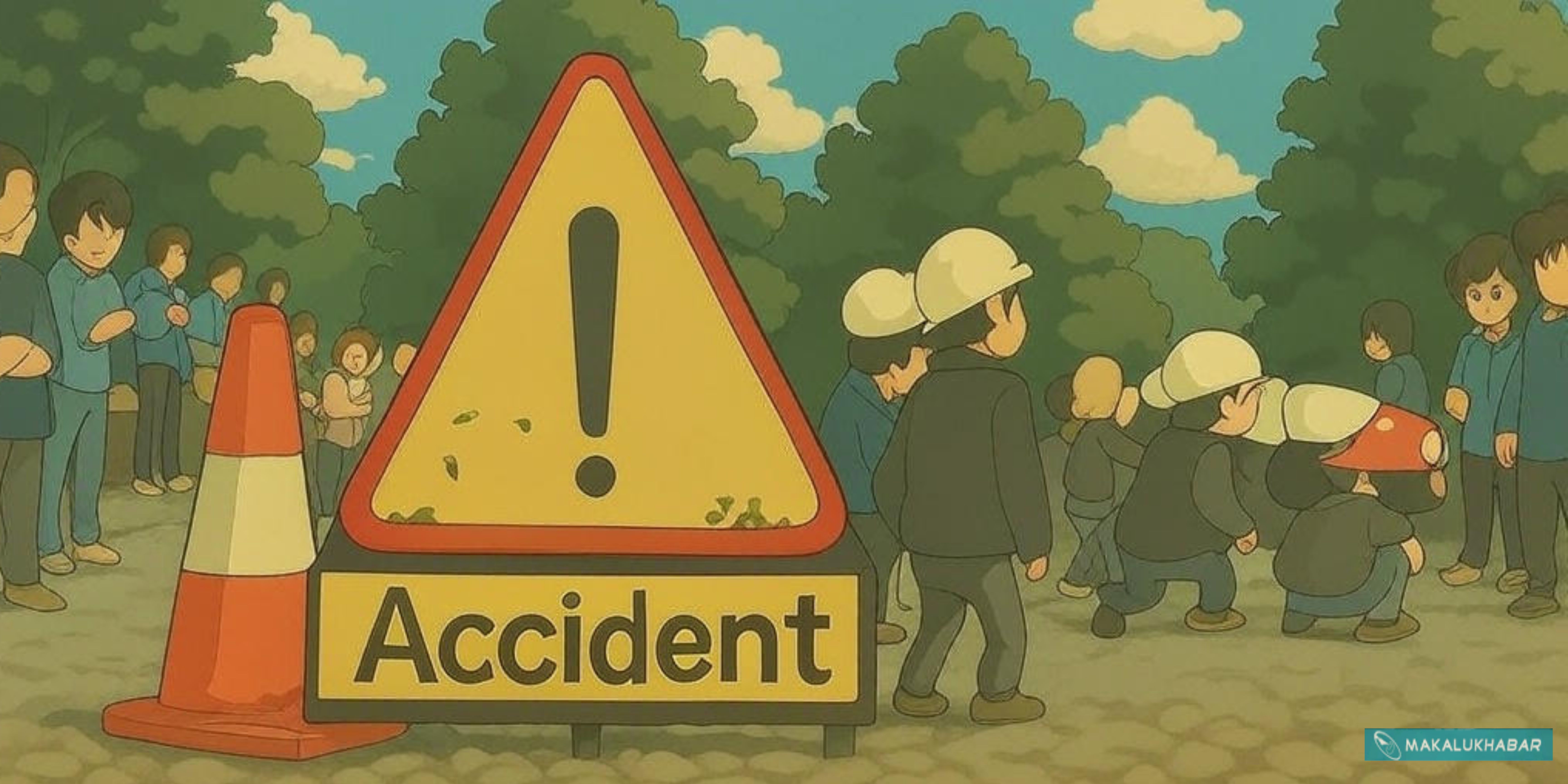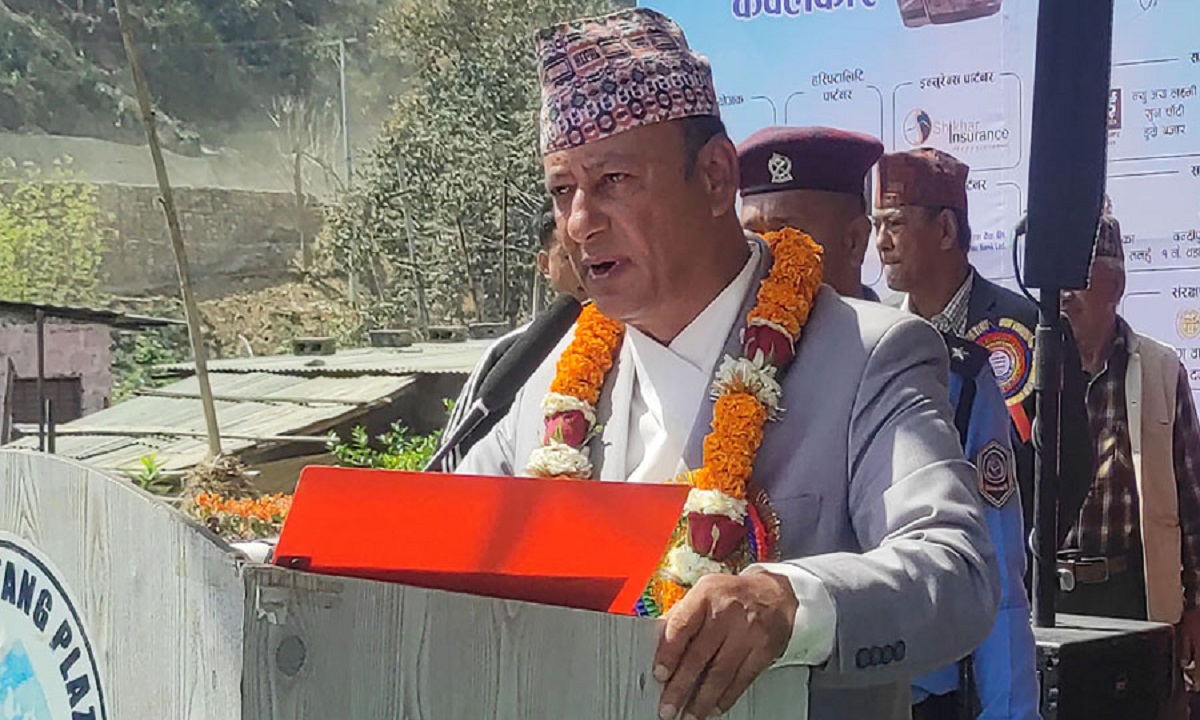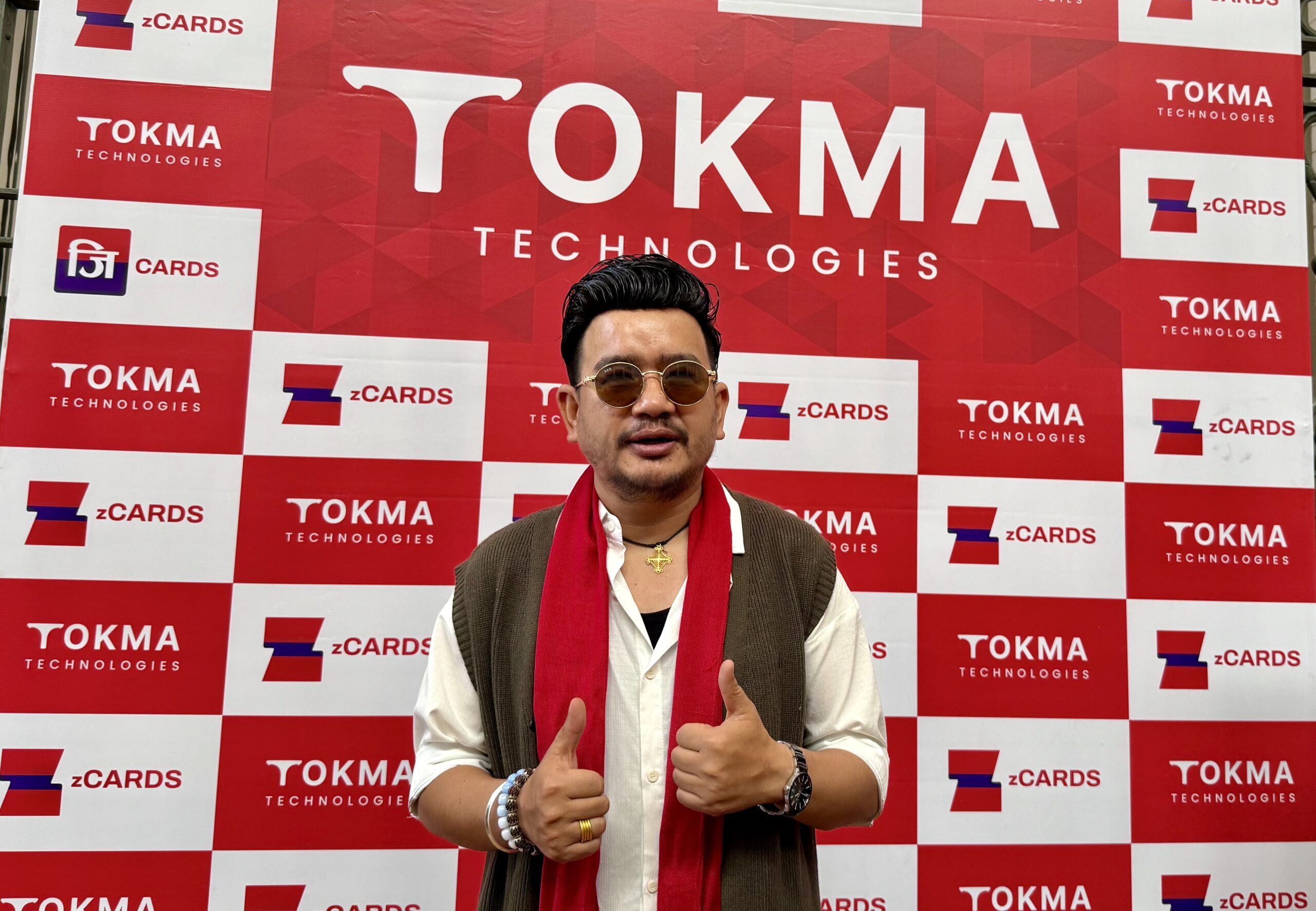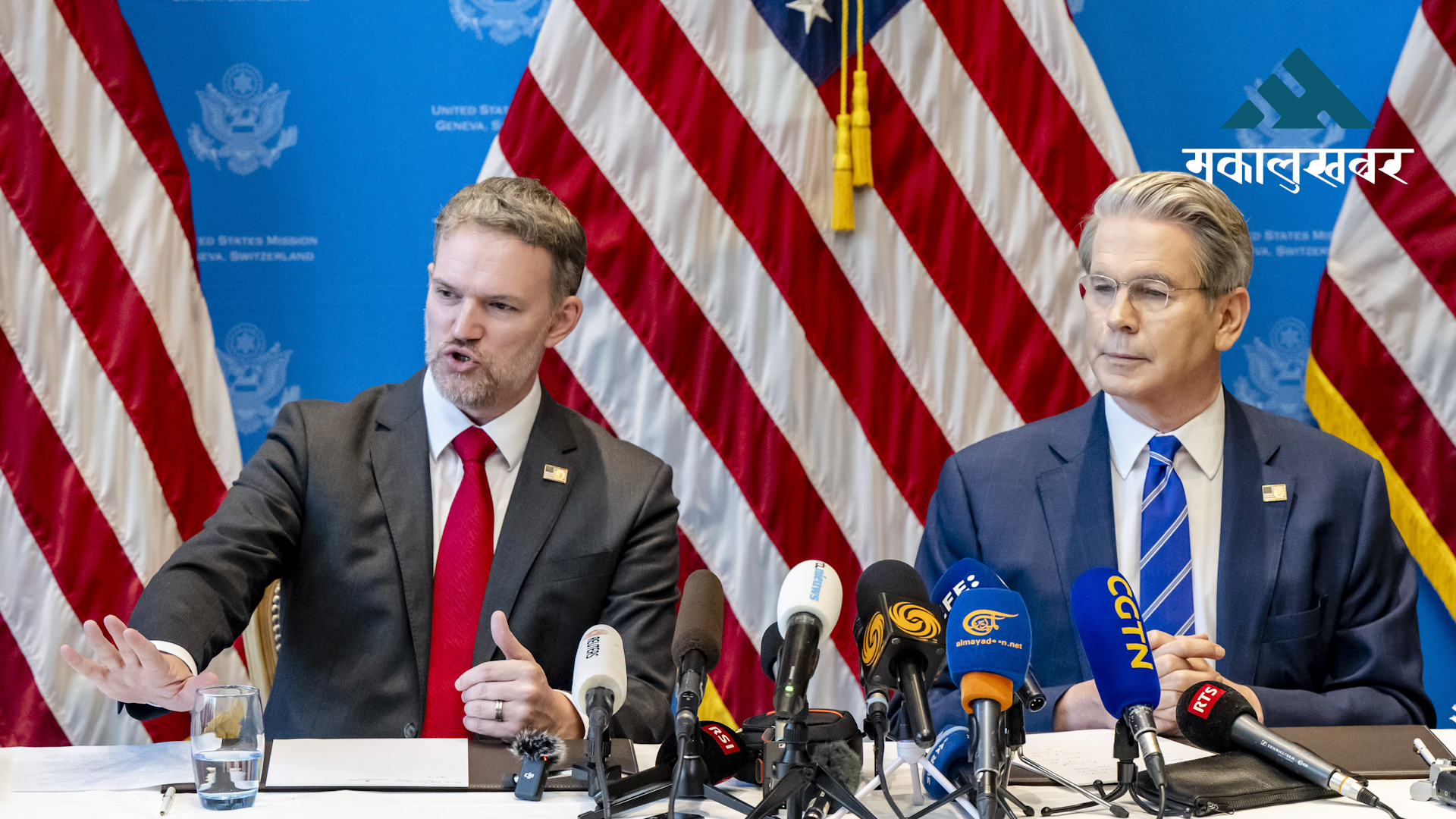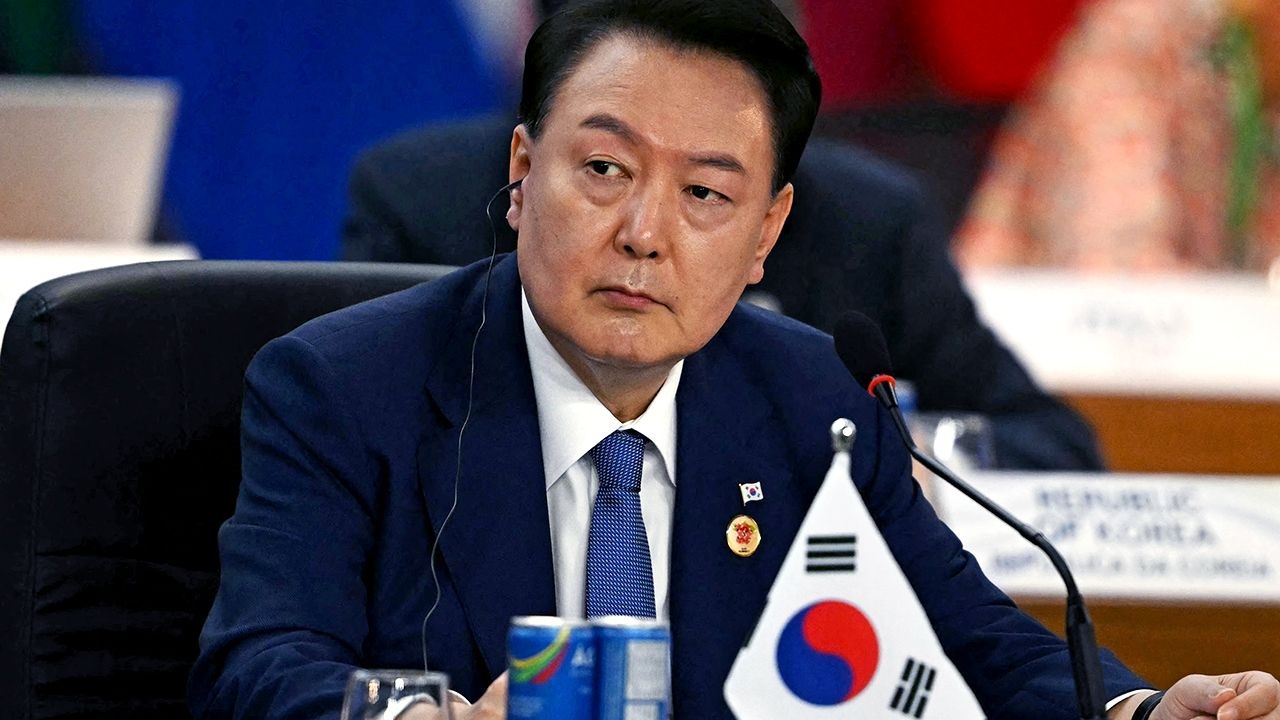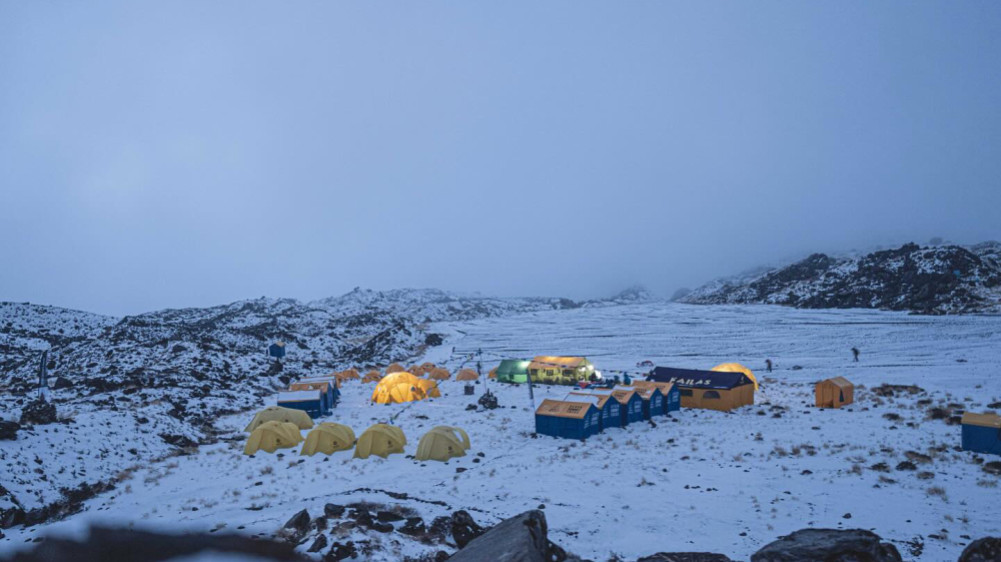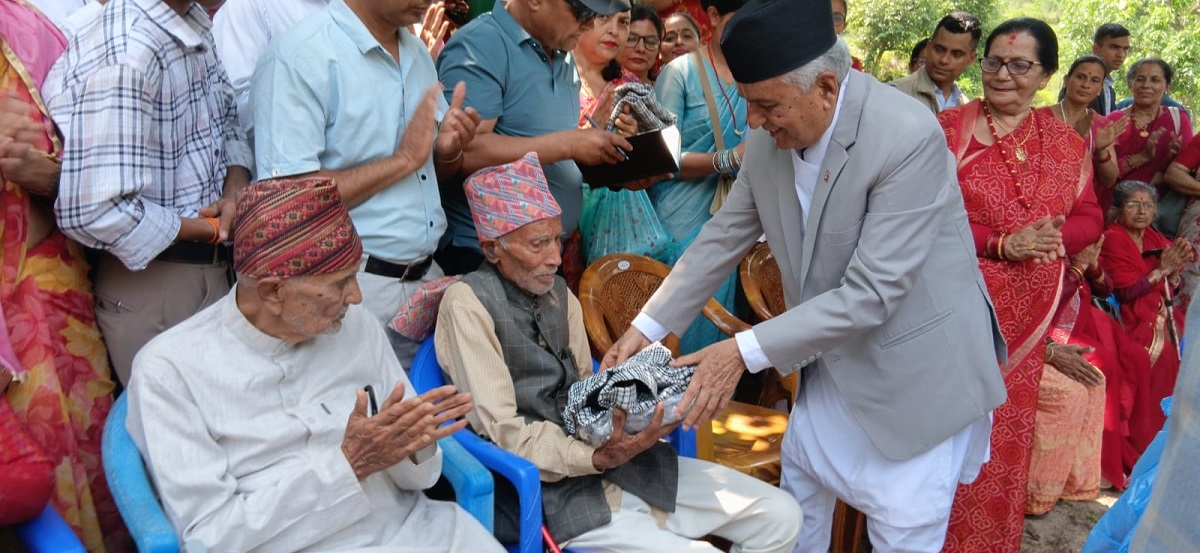Preparations for Bisket Jatra begins at Bhaktapur Durbar Square
Lasting nine days and eight nights, this festival is a source of joy for both locals and visitors.
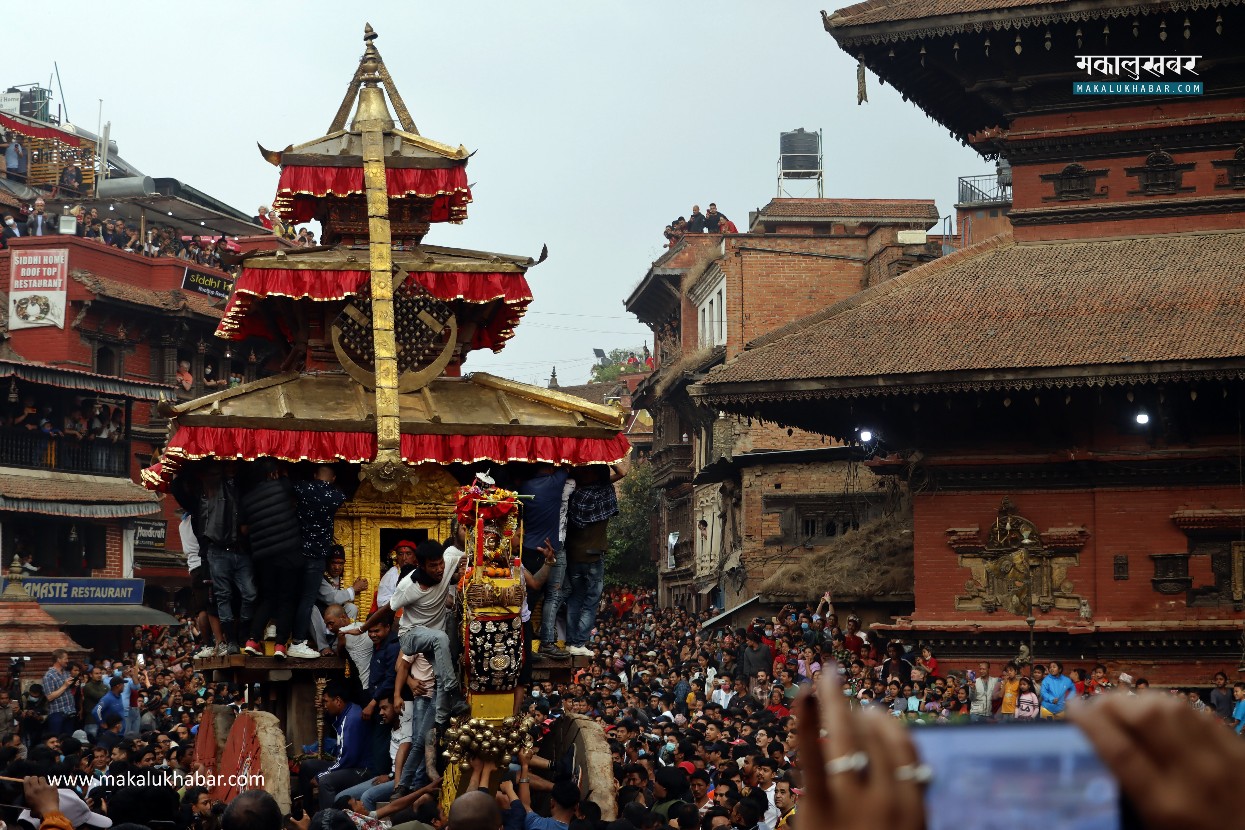
KATHMANDU: Preparations are bustling at Bhaktapur Durbar Square in anticipation of the upcoming Bisket Jatra festival, renowned for its cultural and historical significance.
Lasting nine days and eight nights, this festival is a source of joy for both locals and visitors.
The festivities commence with the ceremonial pulling of the chariot of Bhaila Kha (Bhairavnath) from the Panchtalle (five-storey) temple located in Taumadhi.
The three-storey wooden chariot, designed in the pagoda style, will journey through the upper and lower settlements adorned with statues of Bhairavnath and Betal.
What is Bisket Jatra?
Bisket Jatra is a traditional festival celebrated in Bhaktapur, Nepal. It usually takes place in the Nepali month of Baishakh (April-May) and marks the beginning of the Nepali new year.
The festival involves various religious rituals, cultural performances, and festivities.
One of the most significant aspects of Bisket Jatra is the chariot procession of the deity Bhairava, a fierce manifestation of the Hindu god Shiva.
The chariot is pulled through the streets of Bhaktapur by enthusiastic devotees, and people gather to witness and participate in the procession.
The festival also includes various other events such as erecting a large ceremonial pole known as “Yosin,” traditional music and dance performances, tug-of-war competitions, and other cultural activities.
Bisket Jatra is a time for communities to come together, celebrate, and honor their traditions and religious beliefs.
Here are the full details of the Bisket Jatra festival:
Historical and Religious Significance: Bisket Jatra is believed to have originated centuries ago and has its roots in both Hindu and Buddhist traditions. It is primarily celebrated to mark the beginning of the Nepali new year and to honor various deities worshipped in Bhaktapur, including the fierce manifestation of the Hindu god Shiva known as Bhairava.
Duration and Schedule: The festival typically lasts for around nine days, although the duration may vary slightly from year to year. It usually begins with the raising of a ceremonial pole called “Yosin” at different locations in the city. The exact dates of the festival are determined by the lunar calendar and may vary each year.
Rituals and Ceremonies
Chariot Procession: One of the main highlights of Bisket Jatra is the chariot procession of Bhairava, during which a large wooden chariot housing the deity is pulled through the streets of Bhaktapur by enthusiastic devotees. The procession is accompanied by traditional music, dance, and chanting.
Sindur Jatra: Another significant ritual involves the playing of Sindur (vermilion) between the locals as a symbol of unity, love, and happiness.
Tug-of-War: Tug-of-war competitions between different communities are organized during the festival, symbolizing the eternal battle between good and evil.
Cultural Performances: Various cultural performances, including traditional music, dance, and drama, take place throughout the festival, showcasing the rich cultural heritage of Bhaktapur.
Community Participation: Bisket Jatra is a time for the entire community to come together and celebrate. People from all walks of life, including locals and visitors from other parts of Nepal and around the world, participate in the festivities with great enthusiasm and fervor.
Symbolism and Beliefs: The festival is steeped in symbolism and is believed to bring prosperity, good fortune, and blessings to the participants and the community as a whole. It is also seen as a time to ward off evil spirits and negative energies.
Tourism and Cultural Exchange: Bisket Jatra attracts a large number of tourists and visitors who come to Bhaktapur to witness and experience the vibrant festivities firsthand. It provides an excellent opportunity for cultural exchange and promotes tourism in the region.
Overall, Bisket Jatra is not only a celebration of the new year but also a reflection of the rich cultural heritage, religious beliefs, and community spirit of the people of Bhaktapur. It is a time of joy, unity, and reverence, symbolizing the renewal of life and the triumph of good over evil.



